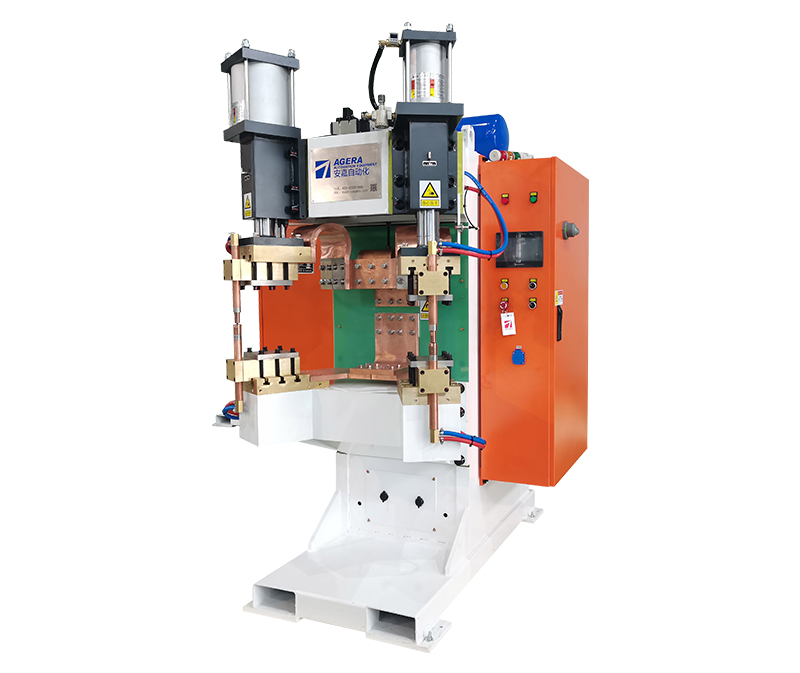How Does the Vortex Pattern Occur During Nut Spot Welding?
During the process of nut spot welding, it’s not uncommon to observe the formation of a fascinating vortex pattern. This intriguing phenomenon is a result of various factors coming into play, and in this article, we’ll delve into the mechanics behind its occurrence.
Spot welding, a widely used technique for joining two or more pieces of metal, involves the creation of a strong bond through the application of heat and pressure. In the case of nut spot welding, the objective is to securely attach a nut to a metal surface. The process typically involves the use of a specialized machine, and it’s during this operation that the vortex pattern can emerge.
The vortex pattern is characterized by a circular or whirlpool-like appearance of the melted metal around the nut. This phenomenon is a visual representation of the complex thermal and fluid dynamics involved in the welding process.
Several key factors contribute to the formation of the vortex pattern:
- Heat Distribution: The heat generated during the welding process is not uniform. It’s concentrated around the point of contact between the nut and the metal surface. This uneven distribution of heat causes the surrounding metal to melt and flow toward the heat source, creating the circular pattern.
- Material Properties: The properties of the metals being joined play a significant role. Different metals have varying melting points and conduct heat differently, affecting the formation of the vortex pattern.
- Pressure and Force: The force applied during spot welding pushes the nut into the metal surface. This action, along with the heat, causes the metal to become pliable and flow, contributing to the vortex effect.
- Surface Contours: The shape and contour of the metal surfaces also influence the pattern. Irregularities or imperfections in the surfaces can result in a more pronounced vortex pattern.
- Welding Parameters: The specific parameters set on the welding machine, such as the duration of the weld and the intensity of the electrical current, can impact the vortex pattern’s size and visibility.
Understanding the science behind the vortex pattern in nut spot welding is not only intriguing but also crucial for optimizing the welding process. By carefully adjusting welding parameters, materials, and machine settings, manufacturers can control and minimize the vortex pattern, ensuring strong, reliable, and visually appealing welds. It serves as a reminder that even in the seemingly routine processes of industrial production, there’s always room for the wonder of science and engineering.
